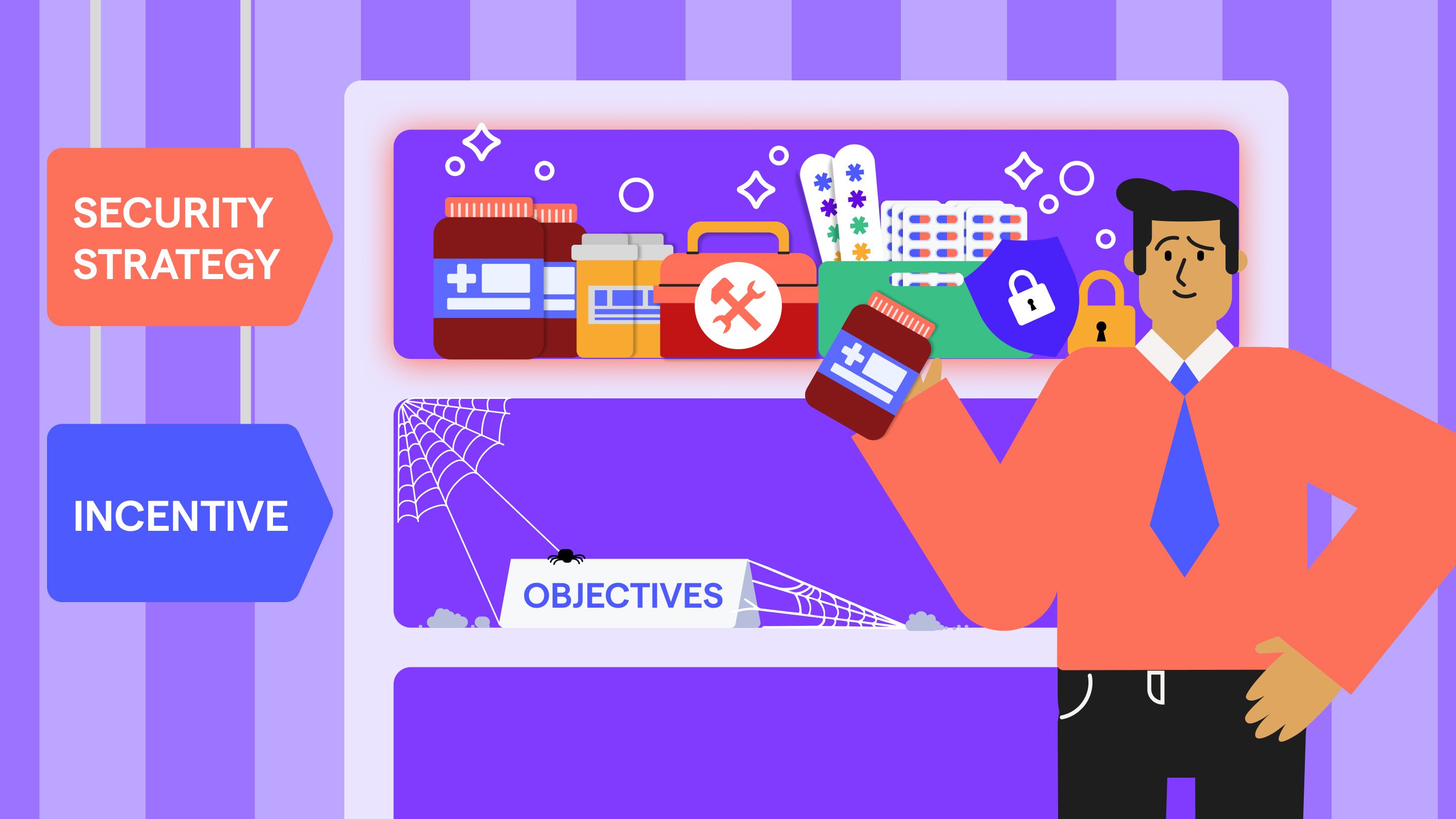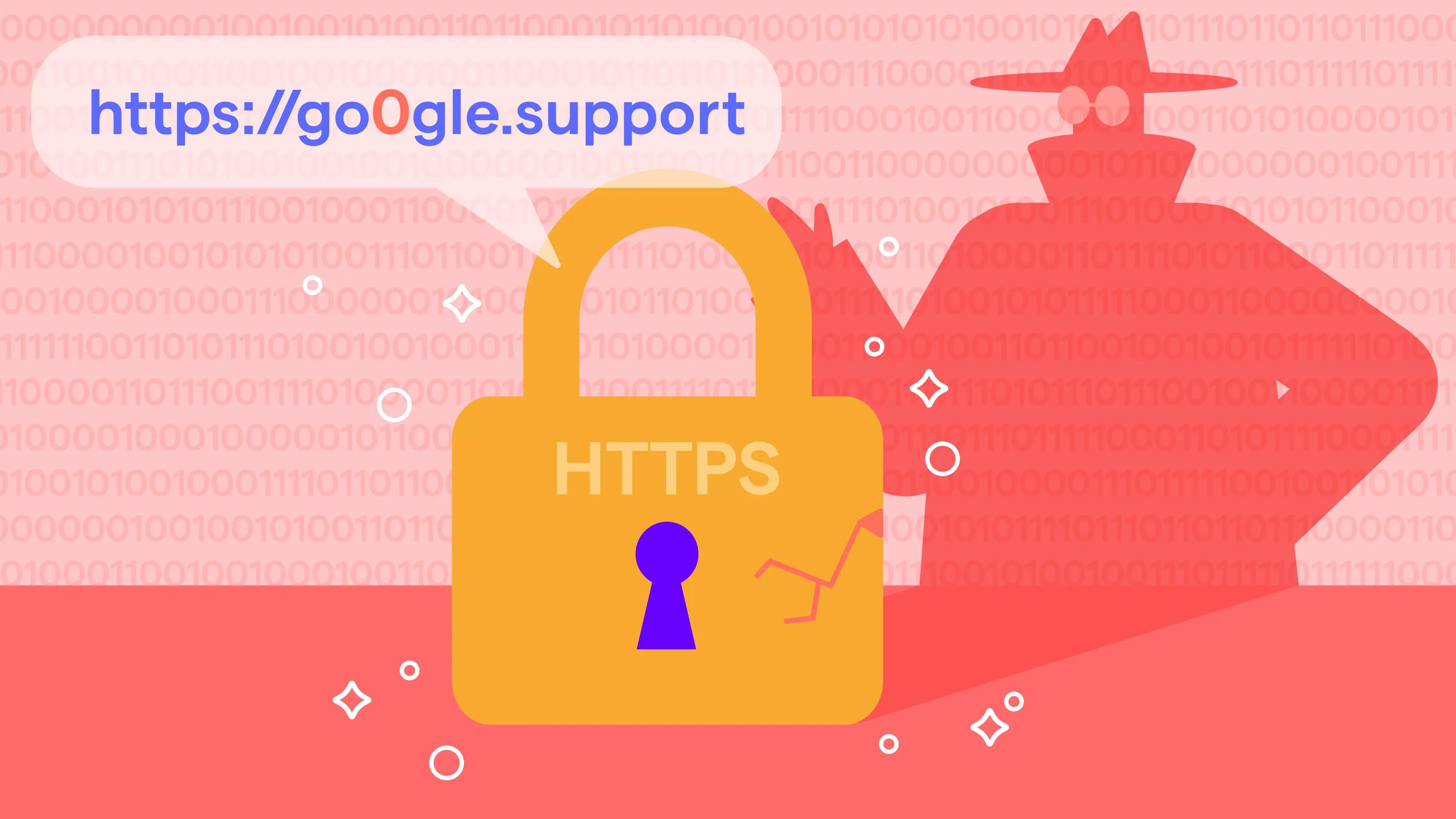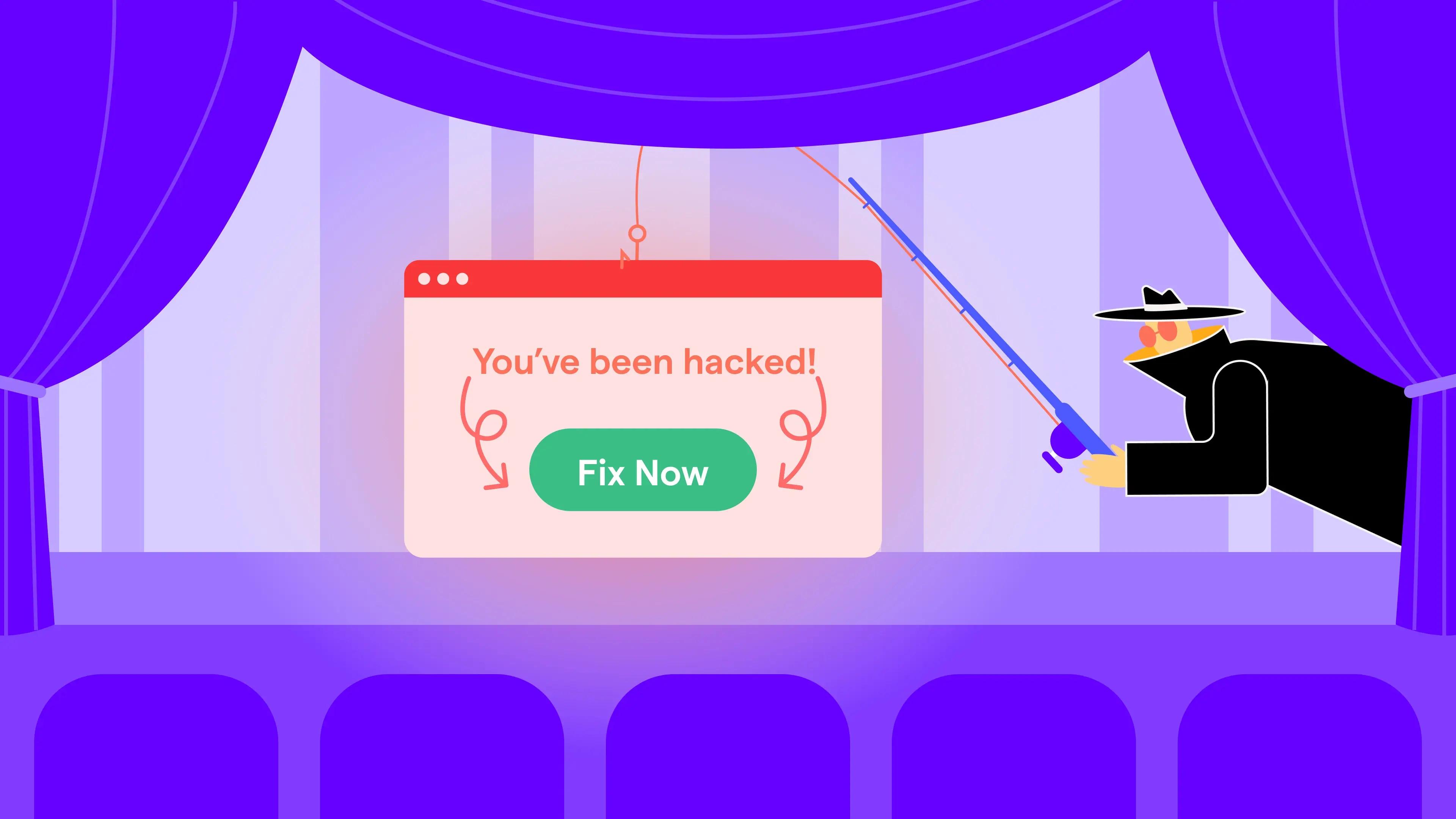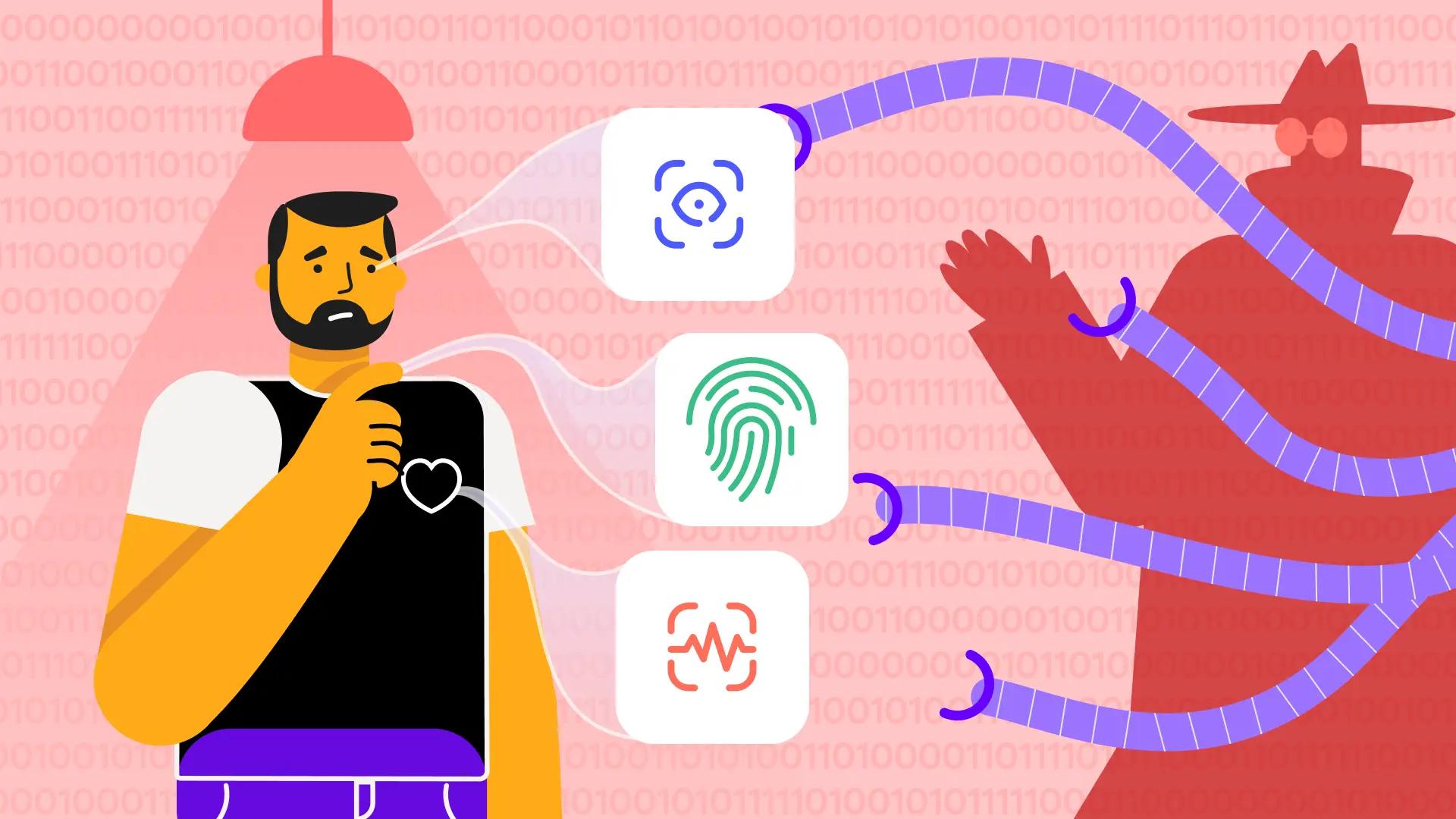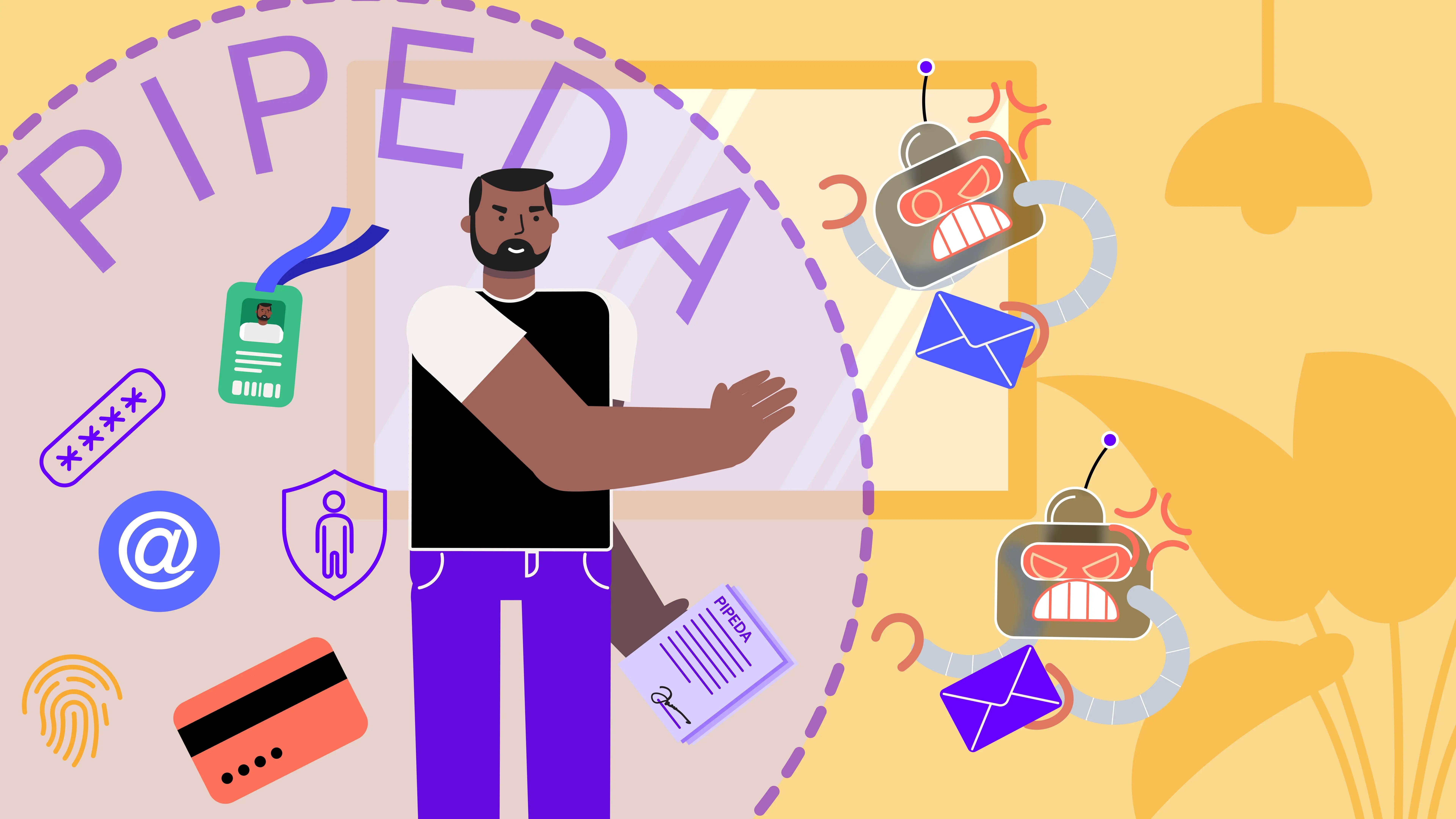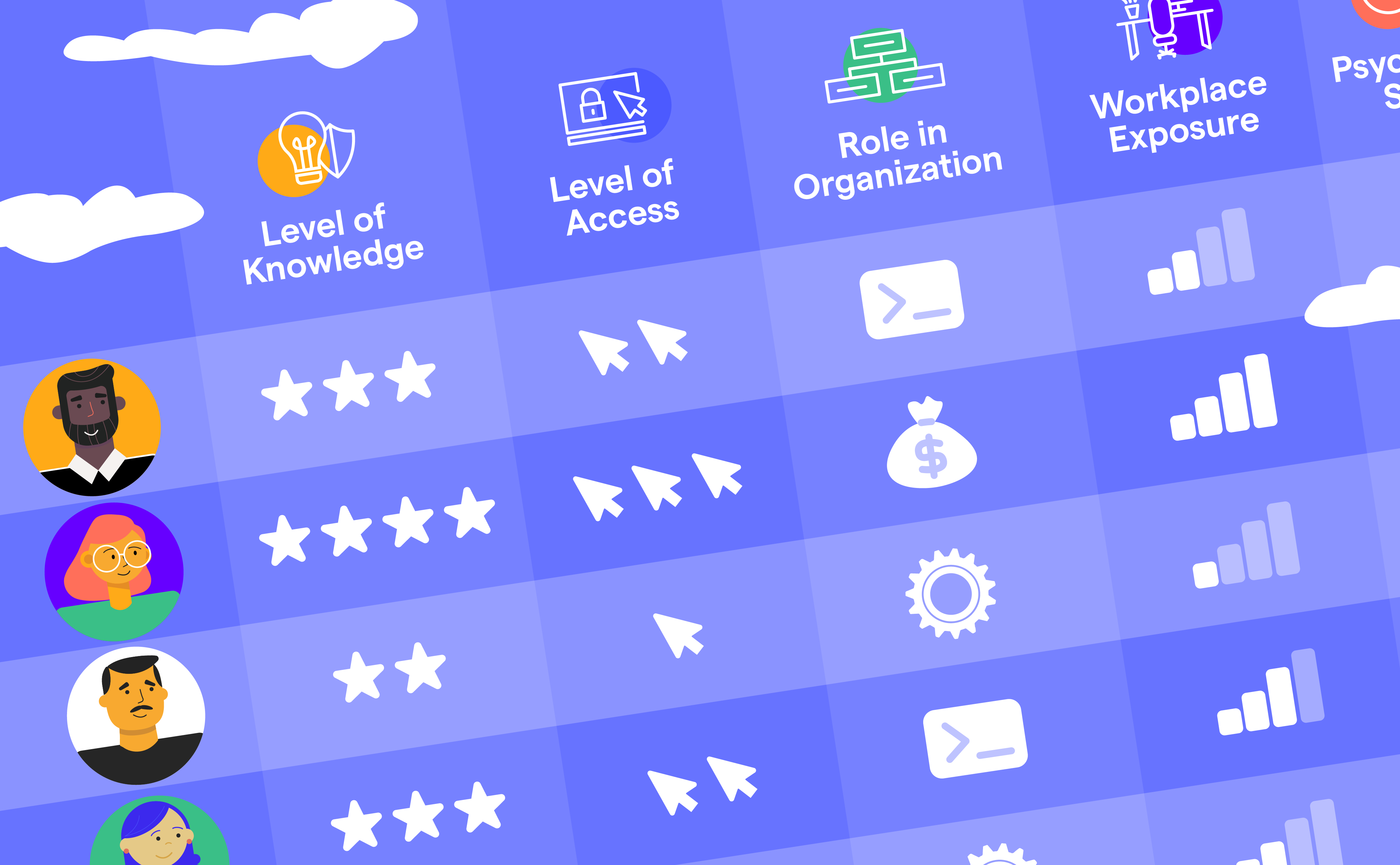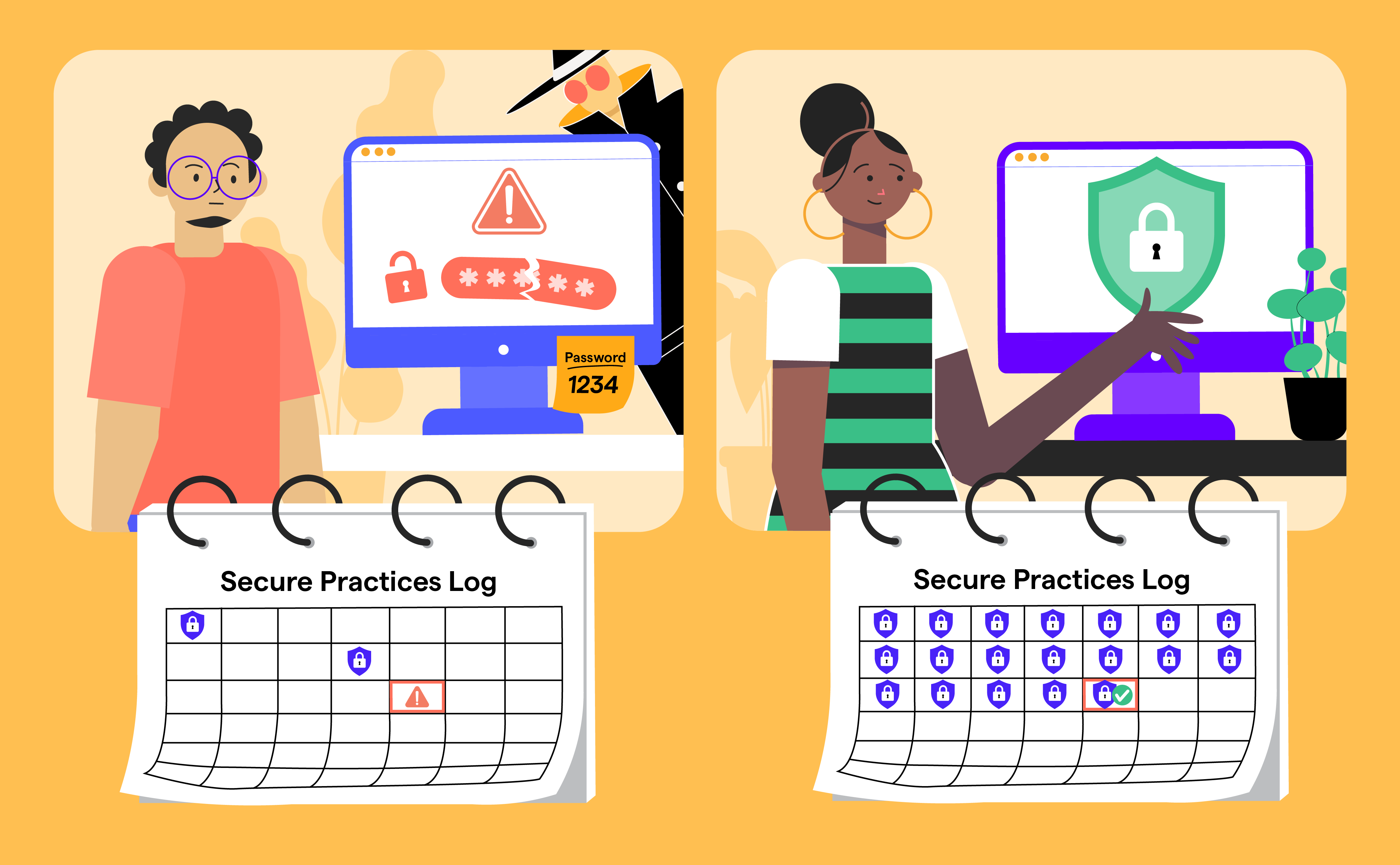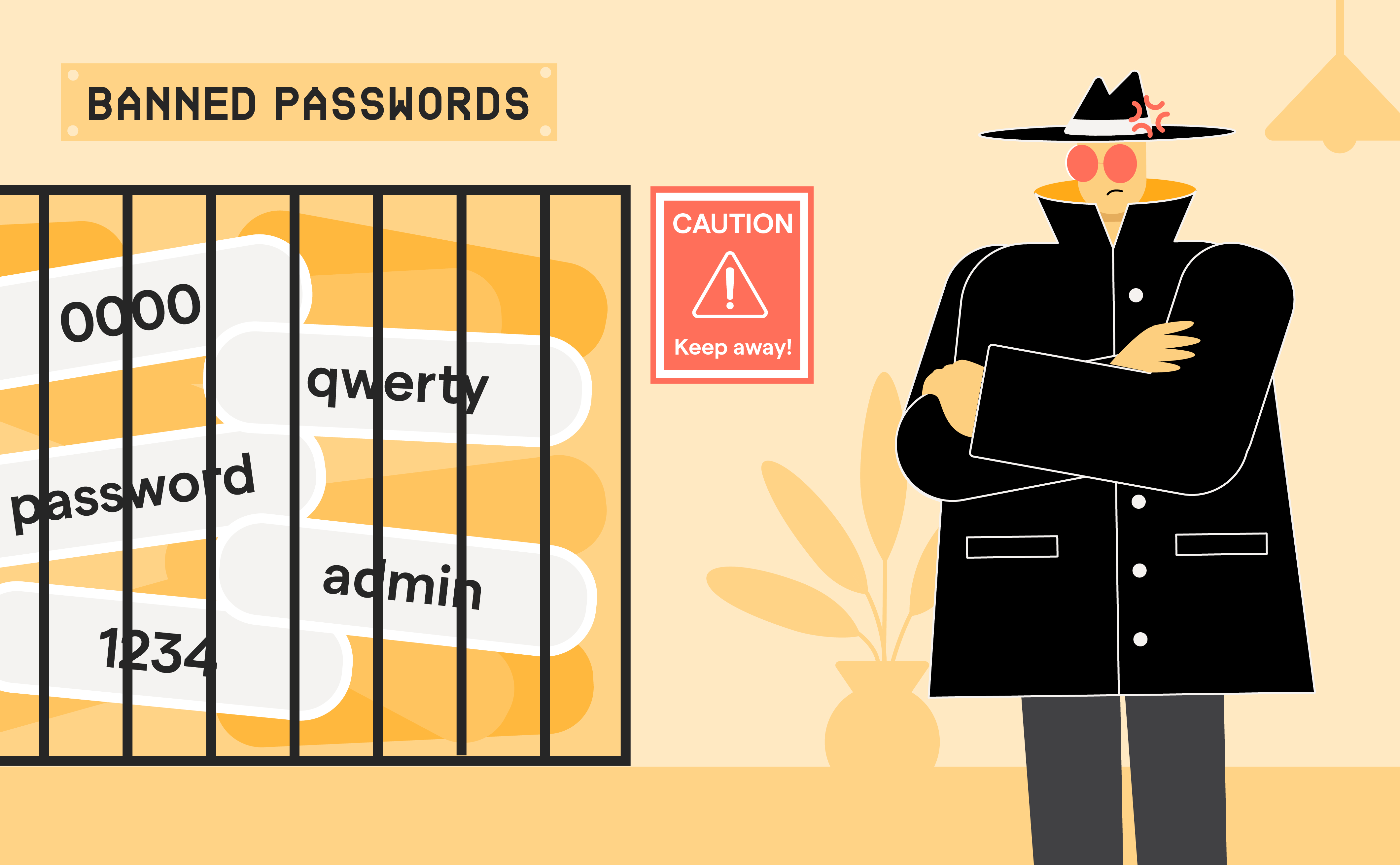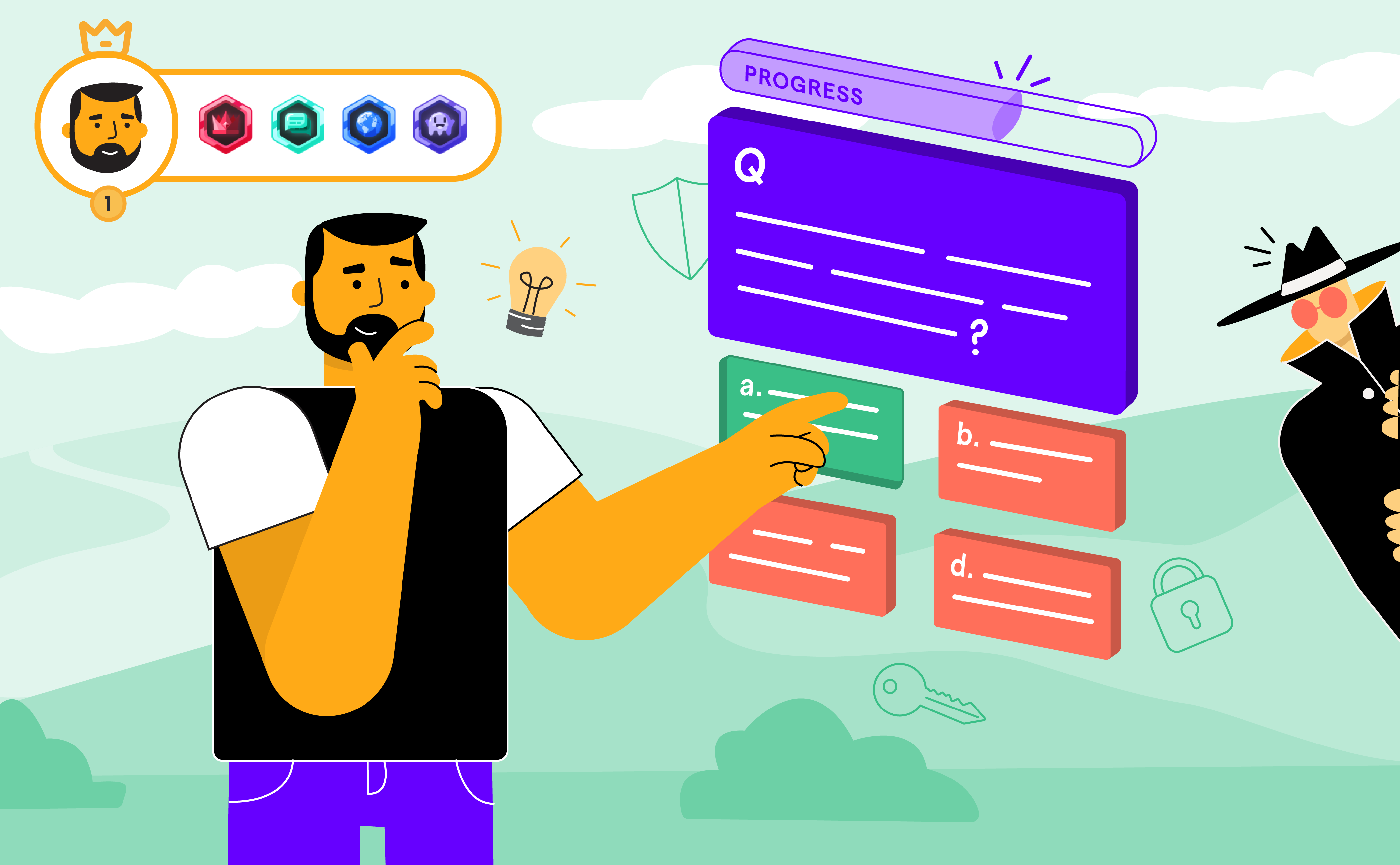
Why Whaling Attacks Are the Caviar of Cybercrime
Jun 10

Experience OutThink
Let’s set the scene: It’s a busy Tuesday morning. The CFO opens an email from the CEO with an urgent request to wire $250,000 for a confidential acquisition. Everything checks out: the email address looks legitimate, the tone matches, and the urgency is familiar. No one questions it. The wire goes out.
Your heart rate spikes. This is high-stakes. The email seems legit. The language? Familiar. The signature? Spot on. You hesitate...but not long enough.
You just got whaled.
What Exactly Is a Whaling Attack?
Whaling is phishing’s more polished, better-dressed cousin. Unlike general phishing that targets everyone in an organization, whaling goes straight for the C-suite: CEOs, CFOs, COOs, and other “big fish” who can green-light million-dollar transfers with a single email. Whaling is more deliberate, researched, and hyper-personalized.
These attacks don’t rely on shady grammar. Instead, they mimic internal conversations, replicate authentic writing styles, and reference real company events. It's not an attack on infrastructure, it's an attack on trust.
And they work.
The FBI classifies this under Business Email Compromise (BEC). Between 2016 and 2021, BEC schemes, which were largely driven by whaling, accounted for over $43 billion in reported losses globally.
That’s a scary figure!
Why Are Whaling Attacks So Successful?
Simple: they’re convincing.
Whaling attackers are methodical. They stalk executives' social media, read interviews, monitor financial calendars, and study internal lingo. They know who’s on vacation too. They know which supplier is under contract. They might even know what you wore to the Christmas party.
These are not sloppy cybercriminals. They are bonafide social engineers.
In one real case, scammers mimicked the writing style of a company’s legal counsel and convinced the CFO to transfer $47 million to finance a fake acquisition. This happened to Ubiquiti Networks in 2015. In another case, the CEO of aerospace firm FACC was impersonated in a scam that cost €50 million and his job!
The risk isn’t just financial. Data loss, compliance violations, regulatory fines, lawsuits from affected parties, all of these follow in the wake of a successful whaling attack.
Why Do Smart People Fall for Whaling?
Because these attacks are narrowly targeted.
Whaling emails are carefully crafted with personal details lifted from social media, press releases, and even corporate holiday photos.
What would you do in this situation: a cyber criminal spoofed a CEO’s writing style so well that even you didn’t catch it. Add a sprinkle of urgency - "I’m boarding a train, send the payment now!" and boom, judgment goes out the window. It’s psychology, not stupidity.
And we know this: executives are busy, not always security-minded, and sometimes protected by people who assume, “Nah, the boss doesn’t need to do any security awareness training.”
But in reality: they do - every employee does.
How Whaling Works (And Why It’s So Dangerous)
Whaling attacks usually unfold in 4 slick steps:
- Reconnaissance: Basically meaning a survey to gain information or in-depth research. Hackers stalk LinkedIn, company news, and social media. Birthday next week? Recent promotion? Conference keynote? Jackpot.
- Spoofing: They clone the executive’s email, or use subtle tricks like replacing an “m” with “rn” (that’s r and n) in the domain (e.g., ceo@c0rnany.com). You’d be surprised how many people don’t notice.
- Pretexting: This is where social engineering gets insidious. Maybe they pose as the CEO saying: “I need this confidential transaction handled by you alone.”
- Execution: One click. One wire transfer. One very bad day.
And with AI in the mix? These scams are now next-level. According to a report, AI-generated emails are now indistinguishable from human-written ones over 70% of the time by AI detectors.
What Can Enterprises Do Now to Address Whaling?
Here’s a practical (and effective) action plan:
- Executive Training: C-level leaders must understand that they’re targets. Not optional. Not later. Now.
- Multi-Step Verification: Any sensitive request like funds, credentials, data, must go through secondary approval or offline confirmation.
- Lock Down Social Media: Reduce exposure by auditing executive profiles for oversharing. LinkedIn posts are a goldmine for attackers.
- Use Email Authentication Protocols: Deploy DMARC, DKIM, and SPF to detect spoofed emails.
- Simulate Attacks: Regular, realistic phishing simulations can keep employees alert without creating fear.
- Establish a “Challenge Culture”: Employees should feel safe questioning unusual requests, regardless of the sender’s seniority.
But this isn’t foolproof. You may very well still get whaled.
Prevention Isn’t About Tech - It’s About Culture
A lot of companies think they’re covered because they’ve installed anti-spam software and multi-factor authentication, or because they have annual cybersecurity awareness training programs. That’s an “okay” start, but it’s not enough.
Technology can detect suspicious patterns, but it can’t stop someone from trusting the wrong email, the human problem. The real solution lies in fortifying the human layer.
That’s where OutThink comes in.
OutThink is not your average security awareness platform. It’s a Cybersecurity Human Risk Management platform that goes well beyond compliance. It identifies risky behaviors in real time, personalizes education to individuals, and nudges users with timely and relevant insights without overwhelming them.
Unlike traditional training that’s generic and easily forgotten, OutThink turns awareness into action. That's how you build resilient security culture. Your executives won’t just "know" about whaling, they’ll be ready for it.
When the fake CEO email arrives, they'll ask questions before acting.
Equip Your People to Guard Against Whaling
Whaling attacks succeed not because systems fail, but because people are deceived into bypassing them. The most effective defense isn’t more firewalls, it’s better prepared humans.
Training alone is not enough. We need insight-driven engagement and continuous behavioral reinforcement. We need to build a culture where clicking “Approve” doesn’t come without critical thinking.
And that’s where OutThink makes the difference.
Because trust us - when the fake CEO or any higher executive comes knocking, you want a team that knows how to smell a phish… or a whale.


